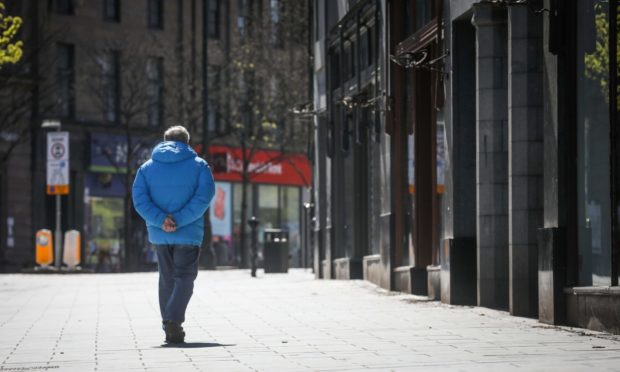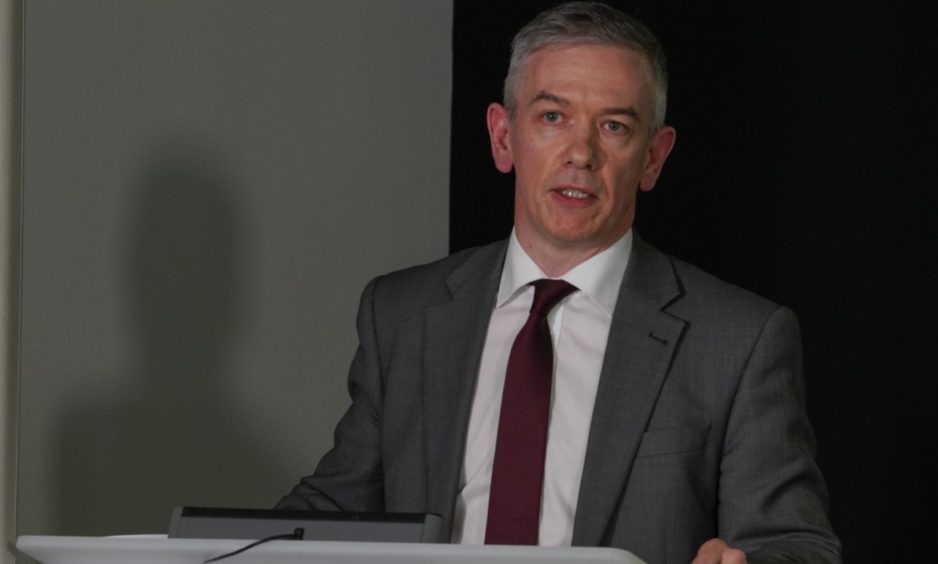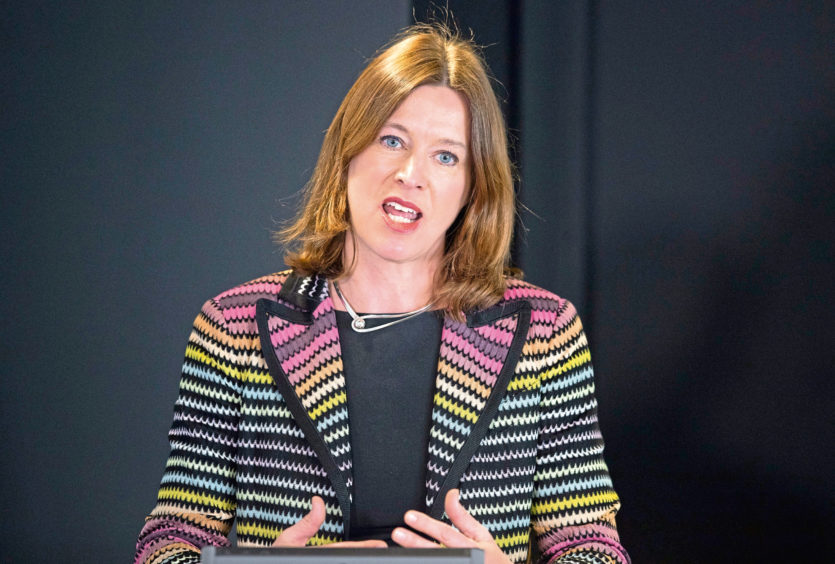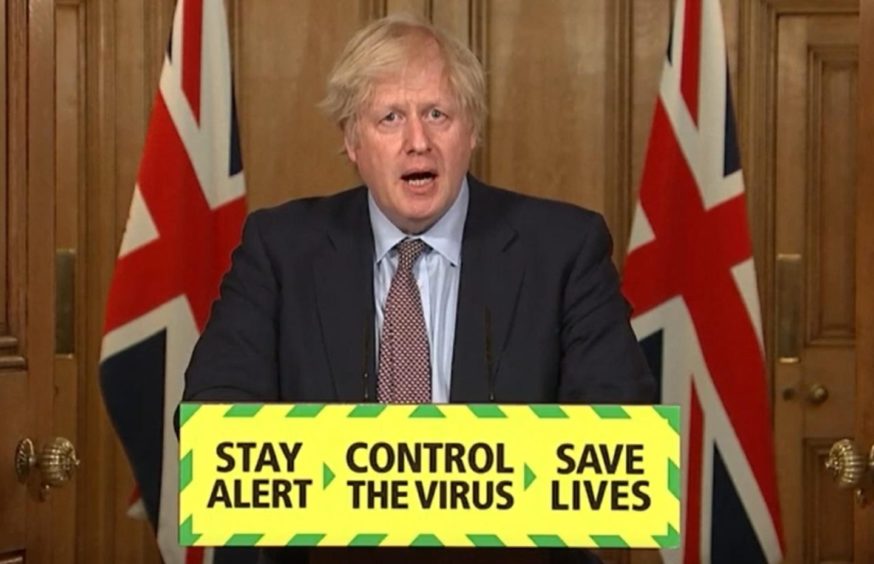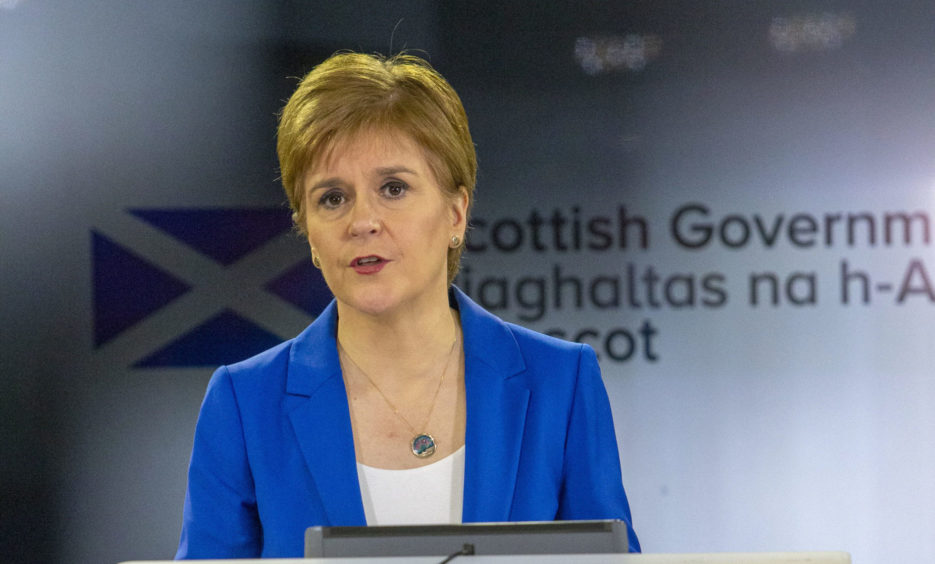Scotland has now endured 100 days of lockdown in the midst of the global outbreak of Covid-19.
Prime minister Boris Johnson announced unprecedented restrictions on our daily lives to come into effect on March 23, and the decision is likely to have lasting effects.
Businesses and schools have been empty for months, millions of employees were sent home on furlough and those who remained have been forced to adjust to an entirely new way of working, many of us from our living rooms.
More than 14 weeks in, some lockdown restrictions appear to be going nowhere fast and Scotland’s response to the crisis has helped to shape a “new normal”.
But how did we get where we are now, what has changed in those 100 days and what can we expect for the future?
Growing concerns over the rapid spread of Covid-19 push politicians towards drastic action
The coronavirus pandemic is believed to have started in China last year before spreading to Europe and then reaching the UK in late January.
The first confirmed case of Covid-19 in Scotland was announced two months later, on March 1, but it later emerged there had been an outbreak at a Nike conference in Edinburgh near the end of February.
Scotland’s chief medical officer, Dr Gregor Smith, confirmed researchers also discovered earlier examples of the virus spreading at a community level in February, with at least 112 separate introductions of the virus into Scotland recorded.
By early March it was clear major events such as Radio 1’s Big Weekend in Dundee and Perth’s Rewind Festival would almost certainly not go ahead – even if government advice at the time was largely just to wash your hands as much as possible.
The prime minister told the public this should be for as long as it takes to sing happy birthday twice, and later boasted of shaking hands “with everybody” at a hospital where there were confirmed coronavirus patients.
It did not take long for Boris Johnson to shift to a more serious tone and on March 12, he delivered an address to the nation where he warned “many more families are going to lose their loved ones before their time”.
Direct addresses were to become commonplace as the prime minister took his first daily briefing in the final week before lockdown, and chancellor Rishi Sunak announced a furlough scheme to pay up to 80% of workers’ wages.
Meanwhile, the country looked on at troubling scenes of struggling intensive care units in Europe as chief scientific adviser Sir Patrick Vallance predicted 20,000 deaths would be a “good outcome” for the UK – the first time such a number had been given.
The prime minister addressed the nation again as he announced the UK would be locked down and asked the public to “stay at home, protect our NHS and save lives”.
Lockdown: The UK experiences the biggest restriction of liberties in modern history
As lockdown came into force on March 23, the public were told to leave their homes only for limited reasons, including shopping for food, exercise once a day, for medical purposes or for travelling to work when absolutely necessary.
Drive-through assessment hubs for people who may need urgent medical treatment were rolled out at Kings Cross Hospital in Dundee as part of a national escalation of emergency planning.
The public began applauding NHS and key workers for the first time and it was revealed Prince Charles had tested positive for Covid-19. Boris Johnson and health secretary Matt Hancock tested positive days later.
As April got under way, the Scottish Government introduced emergency legislation to deal with the pandemic. A range of parliamentary business, including the devolution of welfare payments to Holyrood, was delayed.
Downing Street confirmed on April 5 the prime minister had been admitted to hospital for tests as a “precautionary step”. The following day he was moved to intensive care.
Nicola Sturgeon said Scotland was “in this for the long haul” and admitted she was “really shaken” by news of Boris Johnson’s condition. It was later revealed doctors had at one stage prepared to announce his death.
Scotland’s chief medical officer Catherine Calderwood resigned after making two trips to her second home. She had initially been backed Ms Sturgeon.
Dominic Raab, a former lawyer with just one year of cabinet experience, began deputising for Mr Johnson but the prime minister was discharged from hospital a week later, on April 12, the day the UK death toll passed 10,000.
The first minister confirmed she “will not hesitate” to diverge from the Boris Johnson’s plan if necessary, an early sign of growing tensions between the two administrations.
Concerns about the situation in Scotland’s care homes began to bubble over and Ms Sturgeon was accused by her political rivals of being “too slow to act”.
The SNP leader revealed her “framework for decision making” on easing lockdown restrictions but no date was given for when measures would be lifted.
Mr Johnson was back “in charge” at Downing Street by April 27, two days after the UK death toll surpassed 20,000 – the number Sir Patrick Vallance had earlier indicated would be a “good figure”.
In his first Downing Street press conference since returning to work, the prime minister said the UK was now “past the peak”.
May: ‘Mixed messages’ and concern as leaders ponder how to exit lockdown
People in England were urged to download a contact-tracing app as part of measures to ease the lockdown, despite the UK’s declared death toll becoming the highest in Europe.
An emotional Nicola Sturgeon told the Scottish Parliament she was “deeply concerned” as it emerged six in 10 new Covid-19 deaths were occurring in care homes. Days later she confirmed Scotland could exit lockdown at a different pace from England.
Professor Neil Ferguson quit as a UK Government adviser after allowing a woman to visit his London home against lockdown rules, adding he regretted “undermining” the message on social distancing.
On May 6, the UK’s death toll reached 30,000, prompting Labour leader Sir Keir Starmer to ask the prime minister “how on earth did it come to this?”
Mr Johnson set out “the first sketch of a road map” for easing the lockdown a week later but immediately faced calls for clarity from police, unions and businesses. Leaders in Scotland, Wales and Northern Ireland refused to adopt his new “stay alert” slogan.
The chancellor said the furlough scheme will be extended until the end of October but employers would be expected to pick up a share of the bill from August.
Contact tracing technology was piloted in Fife and the Highlands in the first step towards Scotland’s new test and protect strategy.
Health boards were given powers to take a leading roll in care home oversight and it was announced staff will be repeatedly tested following concerns they may have been the primary vectors for a deadly wave of Covid-19.
Boris Johnson stood by his top aide Dominic Cummings following reports he broke lockdown rules. Mr Cummings held on despite growing public anger and an extraordinary press conference in the Downing Street rose garden.
Nicola Sturgeon confirmed a formal inquiry will consider care home deaths and every aspect of the Scottish Government’s handling of the pandemic. Days later the first phase of easing lockdown in Scotland was given the go-ahead.
For the first time since March, people were free to meet individuals from another household once a day and take part in sports such as golf, tennis, bowls and fishing.
June: Further lockdown easing comes amid and pleas to ‘do the right thing’
Nicola Sturgeon threatened to introduce tough new laws after the last weekend of May saw hundreds of dispersal orders issued following mass lockdown rule breaking.
The first minister called for a national collective effort to tackle the crisis as it was revealed Scots could be forced to wear face coverings in some public spaces.
It was announced air passengers, bar a handful of exemptions, will now have to go into self-isolation for 14 days when they arrive in the UK.
Professor Neil Ferguson of Imperial College London told Westminster’s science and technology committee the number of deaths from coronavirus could have been halved if lockdown was introduced a week earlier.
But Ms Sturgeon said real progress had been made and fewer than one in 1,000 Scots were infectious with Covid-19 by June 11.
The Scottish Government faced strong criticism for its plans to have children to return to school on August 11. The first minister appeared to wrestle control of the agenda from her own education secretary to confirm blended learning, where children work at home and at school, will only be used as a “contingency”.
The UK Government was also forced into an embarrassing U-turn, announcing it would ditch ambitions to develop its own tracing app and will instead work with tech giants Apple and Google.
It had promised the app would be rolled out in mid-May but officials now hope the technology will be ready by the autumn-winter flu season.
Meanwhile, the Scottish Government announced it intends to allow outdoor hospitality such as beer gardens to reopen on July 6, non-essential shops within indoor shopping centres to reopen from July 13, and households will be able to meet indoors with people from up to two other households from July 15.
What does the future hold?
Officials in different parts of the UK have different ideas about what the future could hold – and public health experts have noted the difficulty in predicting the outcomes a virus we still know so little about.
Localised lockdowns like the one announced for Leicester this week appear to be a sign of things to come as politicians across the UK wrestle with the dual harms of economic and public health damage brought about by Covid-19.
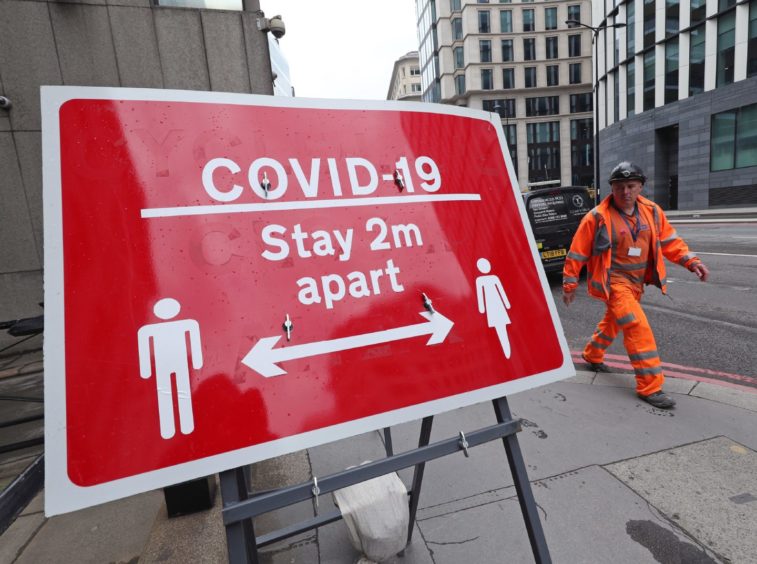
Nicola Sturgeon has already said measures such as quarantining people coming into Scotland from the rest of the UK are being considered.
The first minister – and other leaders in the devolved administrations – appear to be concerned Boris Johnson could be determined to let the virus “circulate” south of the border so long as the transmission rate remains below one.
The dialogue in Scotland has moved towards a “total elimination” of Covid-19, which counterintuitively does not mean wiping it out entirely but rather driving it as close as possible towards zero so it can be kept under control with testing and surveillance.
Ms Sturgeon has said tough and potentially unpopular decisions may still need to be taken to prevent a resurgence.
One immediate change could be an announcement on face coverings, which, it has been suggested, could come as early as this Thursday.
